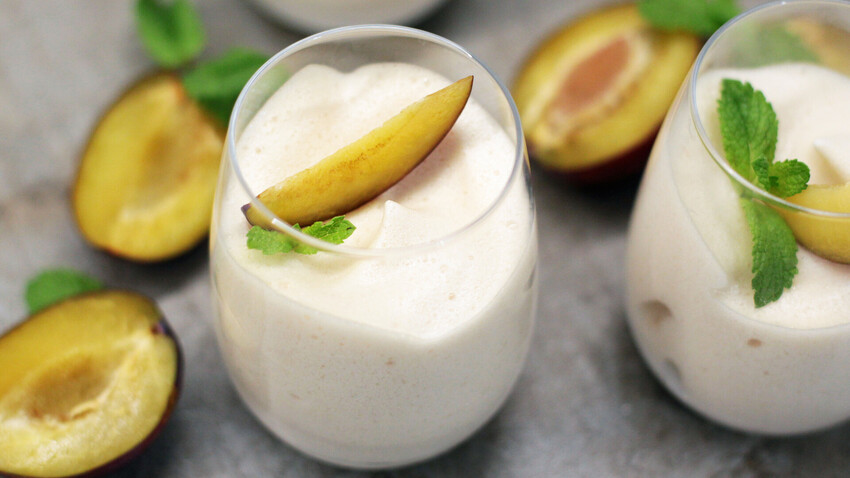
Not a single drop of sambuca is needed to cook this healthy dessert that oddly has a similar name.
Victoria DreyBefore I ever tried sambuk, the only association I had with this word was the famous Italian anise-flavored liquor. However, there’s not a single drop, or any anise for that matter, in the Russian sambuk dessert. Actually, according to some sources, the dish may have Polish roots.
The most authentic sambuk recipe is found in an 1899 Russian cookbook by famous culinary enthusiast Pelageya Alexandrova-Ignatyeva. It’s a kind of mousse made from whipped egg whites, fruit or berry puree and gelatin. The combo of these ingredients creates a unique fluffy texture and mildly sweet fruity flavor.
In my mind, sambuk is basically a light version of zephyr or Belev pastila – the method of preparation and even the taste are quite similar. The difference is that sambuk is easier to make and doesn’t require that much culinary skill.
Another good thing about sambuk is that even though it’s a sweet dessert it’s truly healthy and low-calorie: there’s no flour and butter at all. Some sambuk recipes, however, recommend to whip heavy cream or tvorog (cottage cheese). This makes the texture more creamy and soufflé-like. But that’s optional.
Traditionally, sambuk is made of apple, apricot or plum puree, but any type of seasonal berry and fruit will do. By the way, even in the plum-version of sambuk I prefer adding apple puree. The key is to use a sourish variety of apple since it blends well with the sweetness of the plums. Also, apples contain the natural jelly agent pectin, which is always vital for any mousse-consistency dessert.
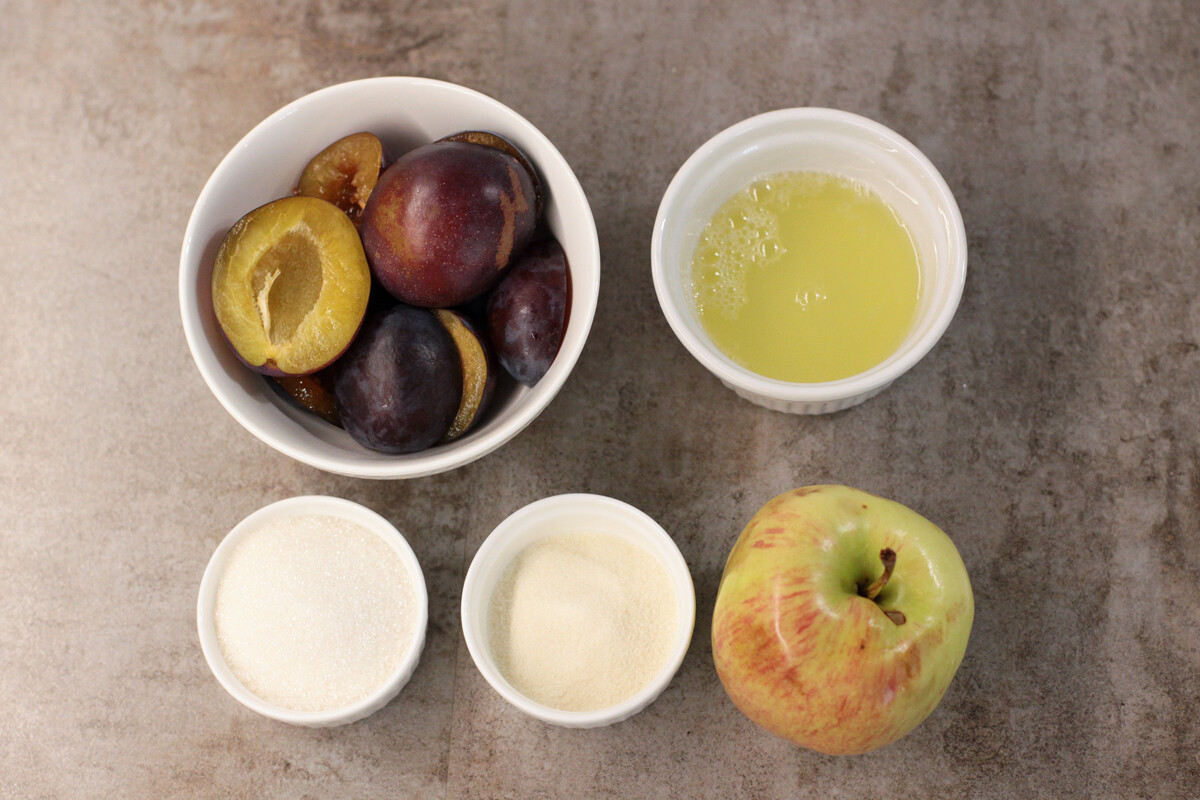
1. Cut your plums in halves, remove the pits and put in a baking dish.
2. Peel an apple, cut in large pieces and bake with plums at 180°C for around 15 minutes or until very soft.
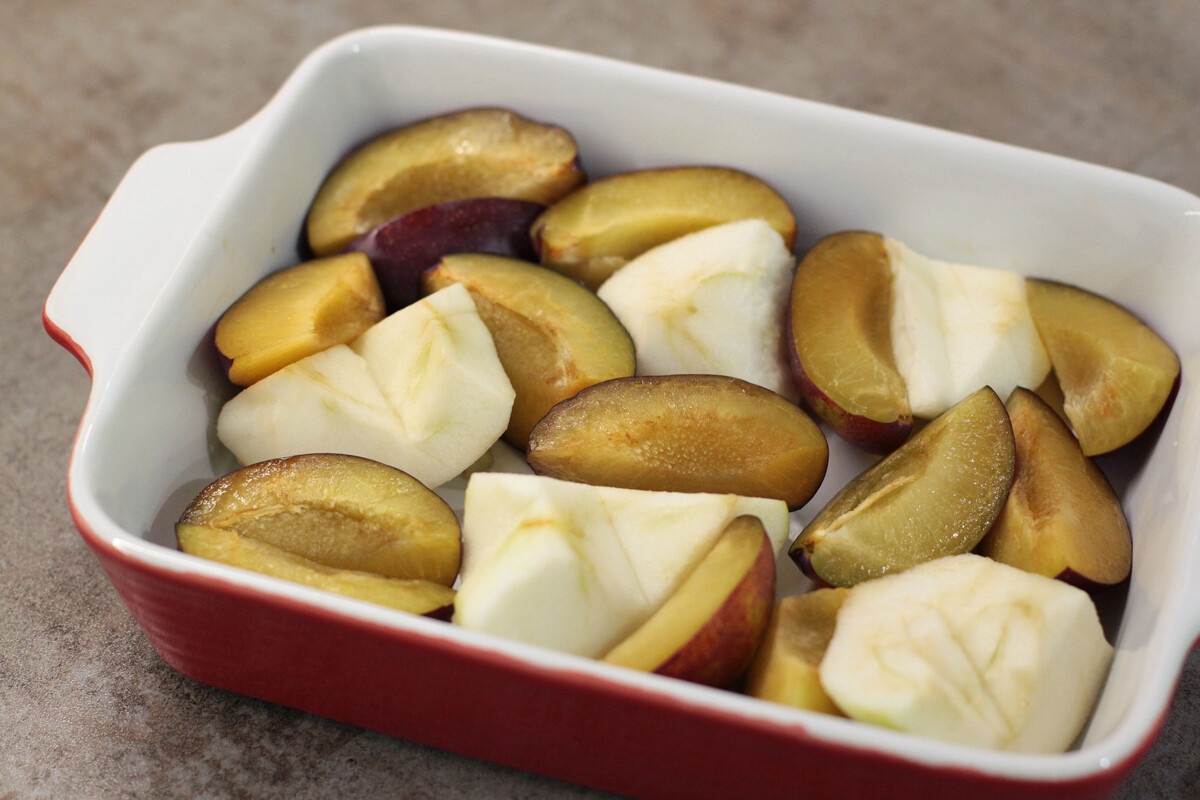
3. Let the baked fruits cool down for a minute, easily remove plums skins and then turn into puree by using a blender until it’s smooth.
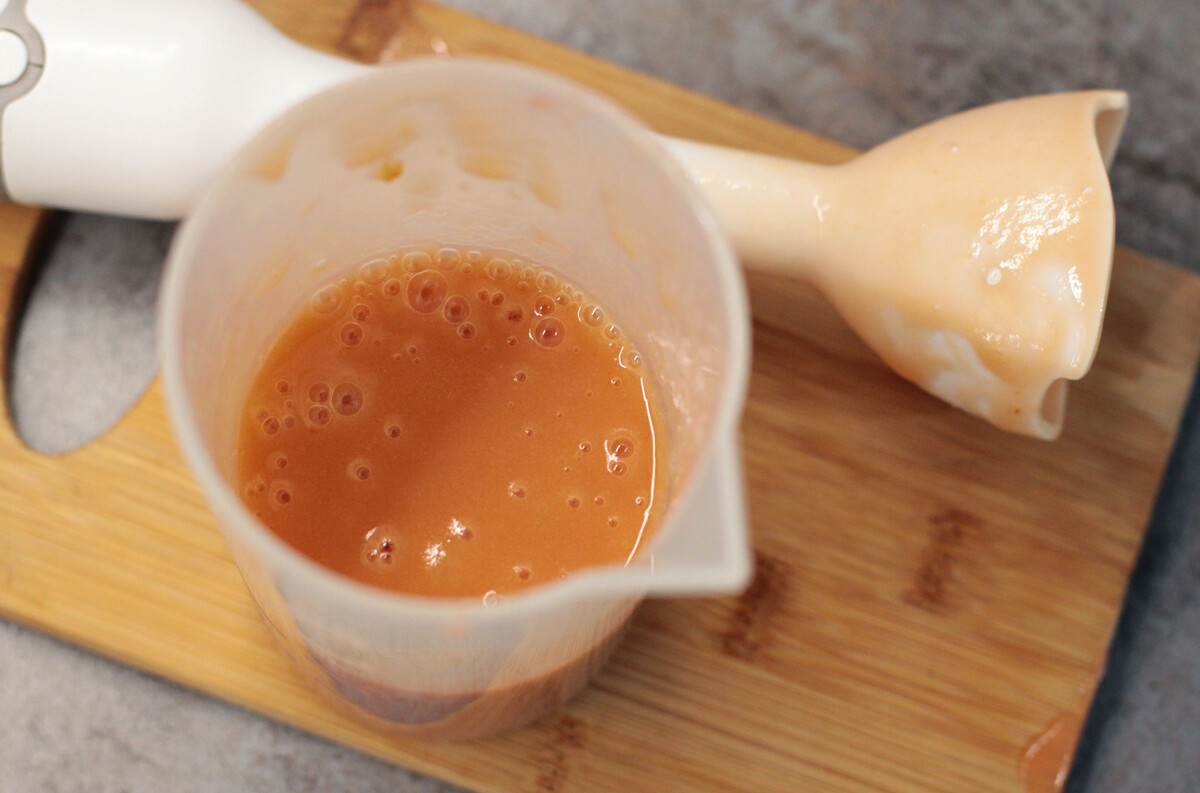
4. Pour in a pot, add sugar and cook on medium heat for 5-7 minutes until sugar dissolves. Cover with a plastic wrap or put in a container and put the fruit puree in a fridge for at least 2 hours — it should set and cool down completely.
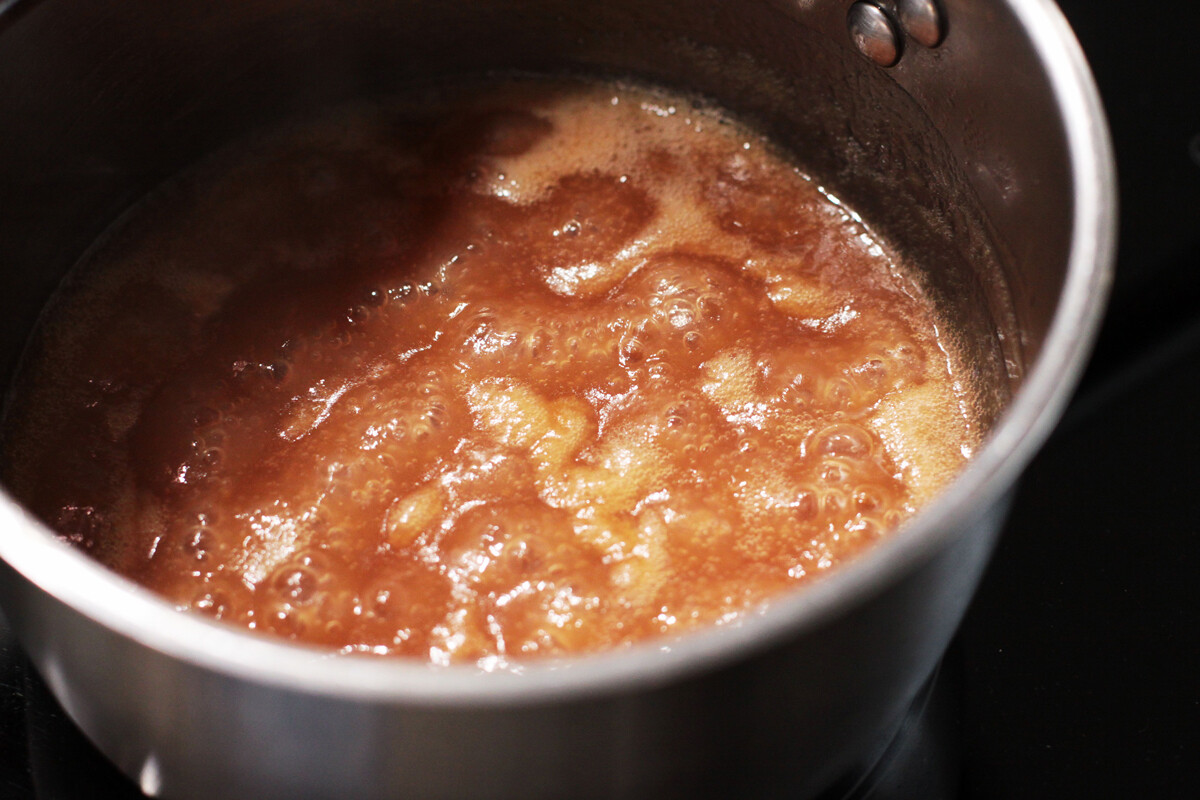
5. Pour gelatin with 150 ml cold water and leave to swell.
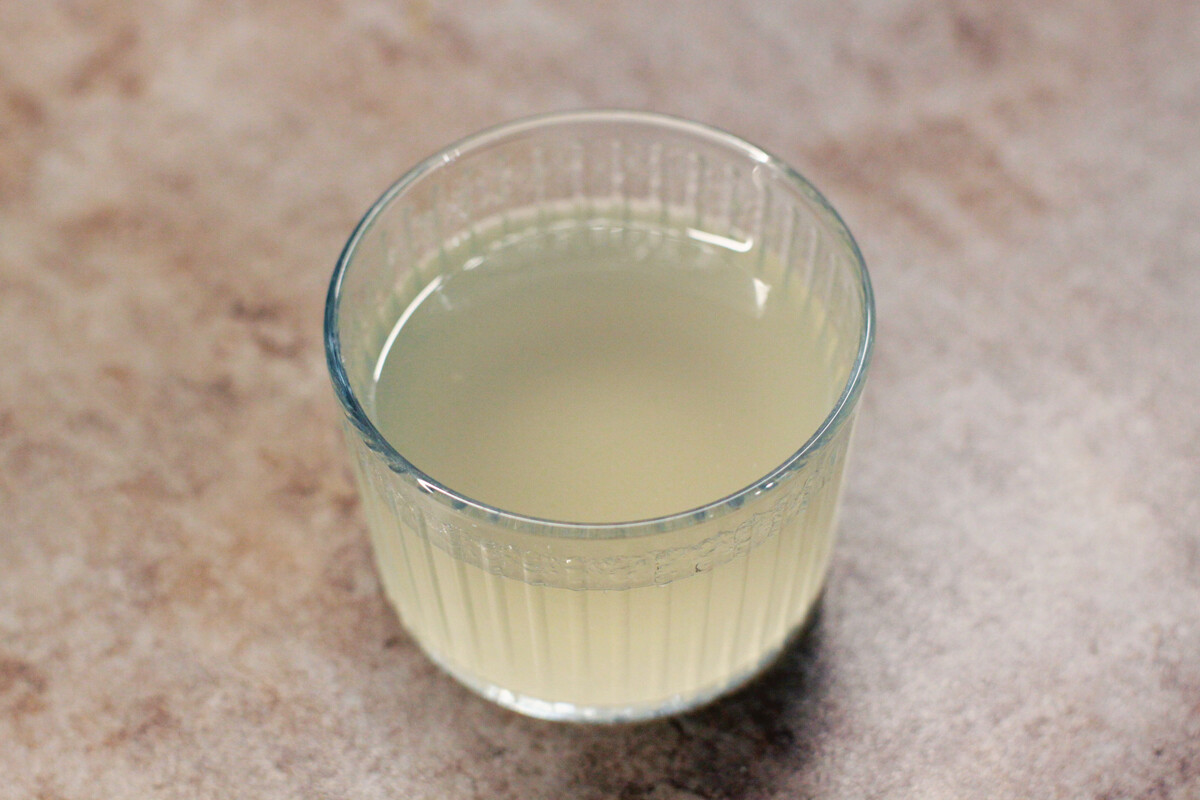
6. Now melt spongy gelatin. I do it on a bain-marie: just put a cup with gelatin into a larger bowl, and carefully pour hot water into a bowl; wait a minute and stir gelatin until it warms and dissolves.

7. In a large, clear bowl put egg whites along with cold puree. Then, using a hand or stand mixer, whisk at high speed for around 7 minutes until mixture whitens, expands and becomes airy.
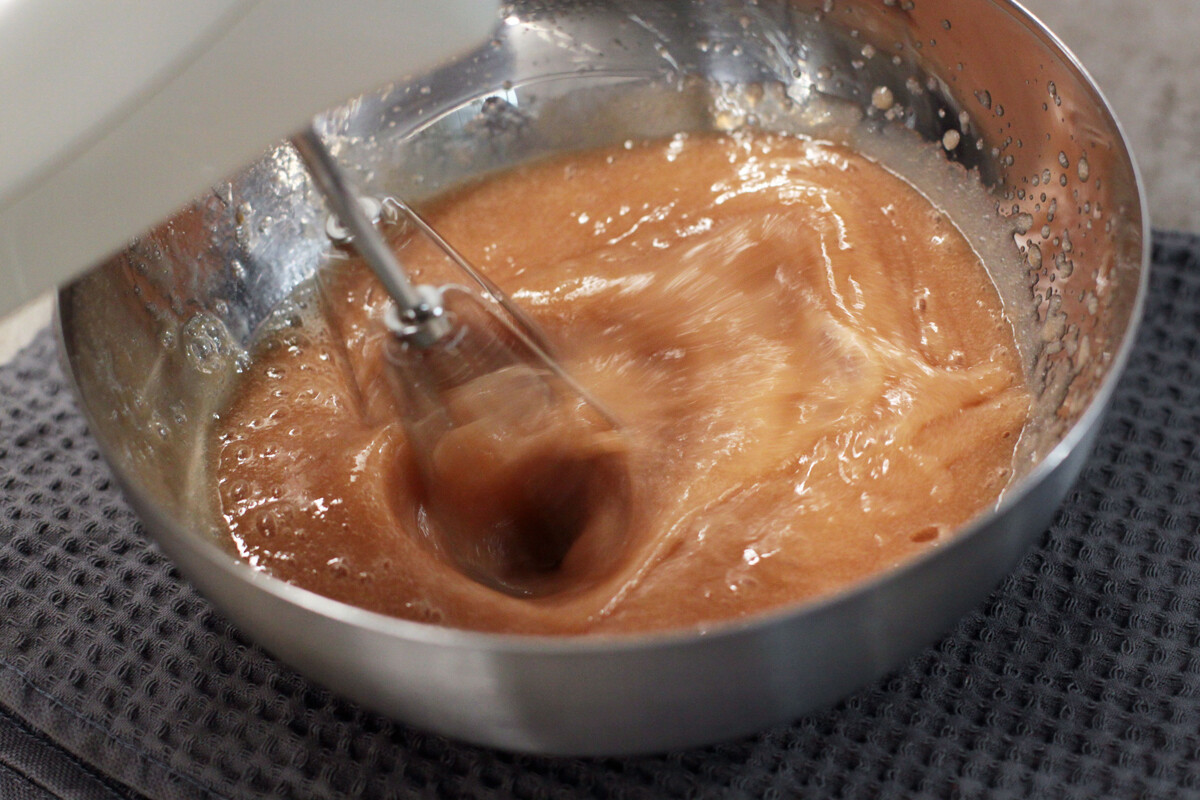
8. Continuing to whisk, pour liquid gelatin in a thin stream into your mousse. Whisk for another 3-5 minutes — the mixture will expand even more.

9. Fill some glasses or ice-cream bowls with the mousse, decorate with some fresh mint and plum pieces, and leave it in the fridge for 2 hours.

10. Your sambuk is ready. Enjoy it chilled!

Dear readers,
Our website and social media accounts are under threat of being restricted or banned, due to the current circumstances. So, to keep up with our latest content, simply do the following:
Subscribe to our Telegram channels: Russia Beyond and The Russian Kitchen
Subscribe to our weekly email newsletter
Enable push notifications on our website
Install a VPN service on your computer and/or phone to have access to our website, even if it is blocked in your country
If using any of Russia Beyond's content, partly or in full, always provide an active hyperlink to the original material.
Subscribe
to our newsletter!
Get the week's best stories straight to your inbox